One of the things I miss most about the darkroom is watching my image come to life in the developer. It was magical. Thankfully film photography is here to stay. However, the total hands-on approach isn’t always possible, so most photographers outsource their film and rely on professional labs for scanning. But, the associated costs can quickly add up and aren’t always feasible. The Lomography Digitaliza Max is an inexpensive scanning option for those who want a piece of the action.
Lomography’s Digitaliza Max is a negative film scanner that’s fun and simple to use. All you need is a smartphone or your favorite professional camera, and an editing program like Photoshop. With a price tag of $99, it’s also one of the most inexpensive options available. How does it stack up? Keep reading to find out more.
The Big Picture
The Digitaliza Max comes with both 35mm and 120 film scanners. It’s equipped with a smartphone stand and adapts easily to DSLR and mirrorless cameras.
Naturally, the results aren’t the same quality as a professional lab. For less than $100, who could expect them to be? The results are certainly sufficient for digitizing precious memories, especially for less than $100. Utilize a macro lens to avoid losing precious canvas space to cropping. It will help preserve details.
We wish Lomography had designed an app for the scanner. An app would provide a more immersive experience for users. Plus, they can edit their negatives right then and there without having to rely on external editors.
Even so, spending a few hours reminiscing with old film is quite enjoyable. Photographers of all levels will be entertained by reminiscing and playing around with film.

We are giving the Lomography Digitaliza Max four out of five stars. Want one? You can pick it up for $99 and take it for a spin.
Pros And Cons
Pros
- Easy to use
- Accommodates 35mm and 120 film
- Smartphone stand
- It’s fun
- Under $100
Cons
- I wish the built-in backlight were brighter
- No smartphone app
- Scans take a bit of editing to get them up to par
Gear Used
We tested the Lomography Digitaliza Max with an Apple iPhone 11, Canon 5D III, 35mm film, and 120 film. The scans were edited in Adobe Photoshop.
Innovations
Lomography isn’t the first company on the scene with a product for digitizing film negatives. As such, the Lomography Digitaliza Max isn’t groundbreaking. But, its simple design works reasonably well and is priced lower than many competitors.
Ergonomics
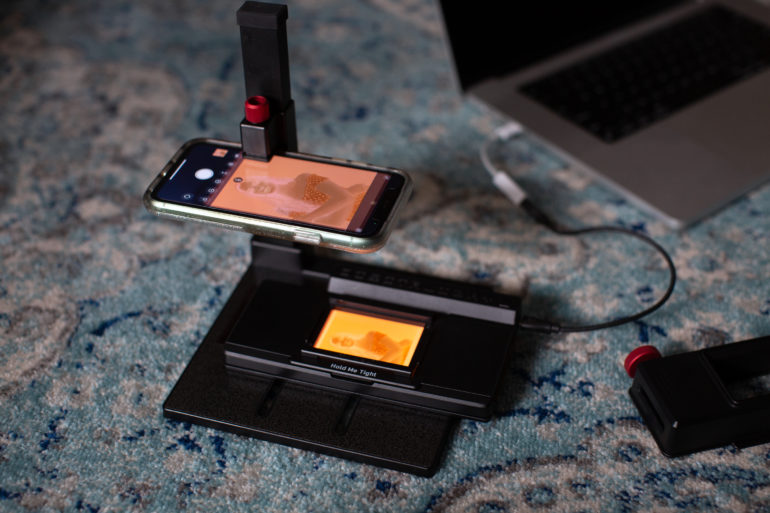
The setup of the Lomography Digitaliza Max reminds me of working with a telescope when I was a kid. The 120 film holder attaches to the base plate via the built-in grooves. You will find the power button on the top right.
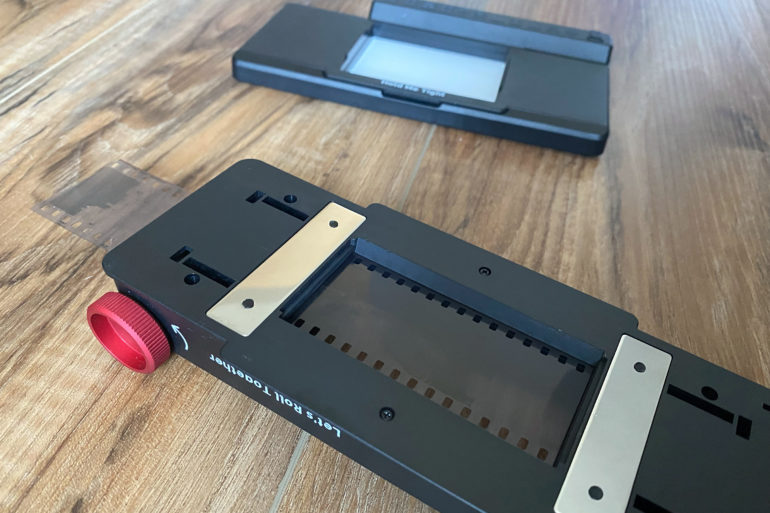
The 35mm film carrier connects to the built-in battery magnetically. Insert the negative at the end. Turn the knob and advance the film to the next slide. Attach the film masks if you don’t like the look of the sprocket holes.
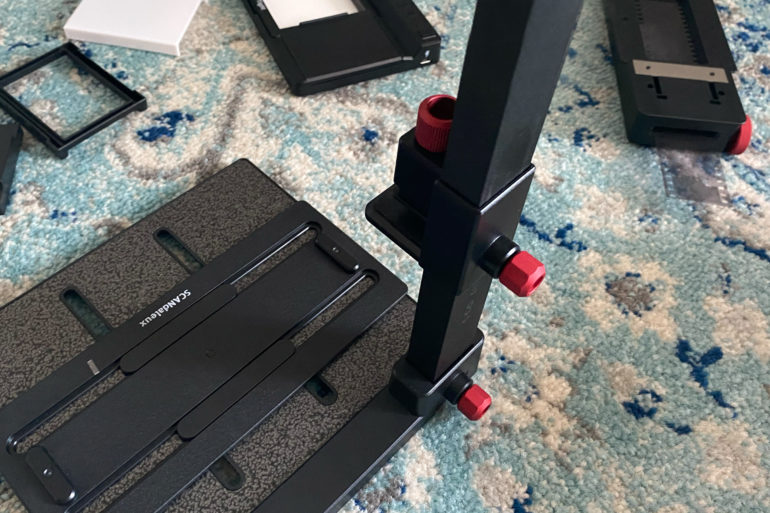
The smartphone stand has three twistable knobs. Attach it to the base plate and tighten the bottom for a secure fit. The next one controls the height adjustment for your smartphone. An adjustable smartphone clamp is at the top.
Build Quality
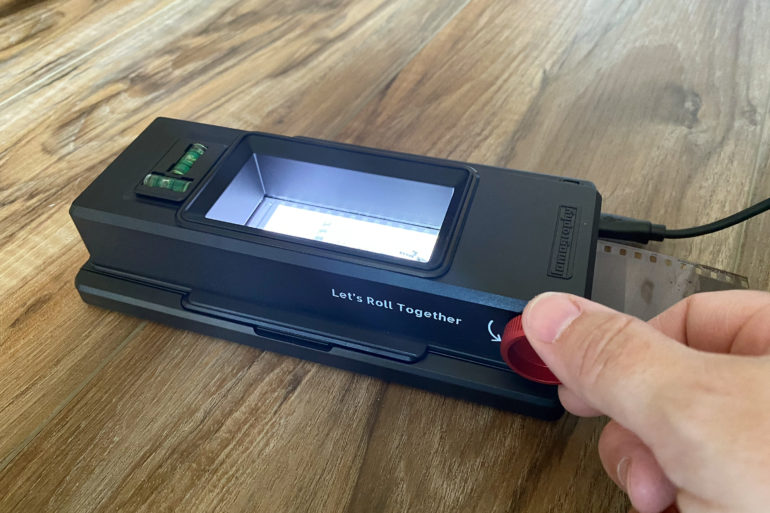
The build quality of Lomography’s Digitaliza Max is quite good, especially at this price point. I half expected it to be flimsy and was glad to be wrong. The 120 film holder glides along the base plate effortlessly, and its adjustable knobs twist with ease. There is no need to over-tighten and worry about stripping the screws. The 35mm film slides through easily, and film negatives emerge unscathed. I appreciate the soft material used for the smartphone clamp. It ensures no damage is done to the glass on either side.
Ease Of Use
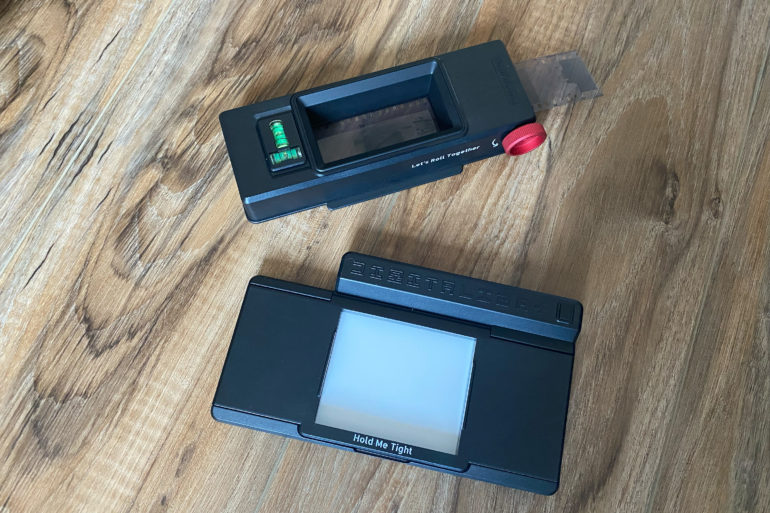
As far as scanning goes, the Digitaliza Max is straightforward to use. Power on the backlight by plugging it into your computer with the USB built-in cable. It’s also battery-powered if you prefer the freedom of working untethered.
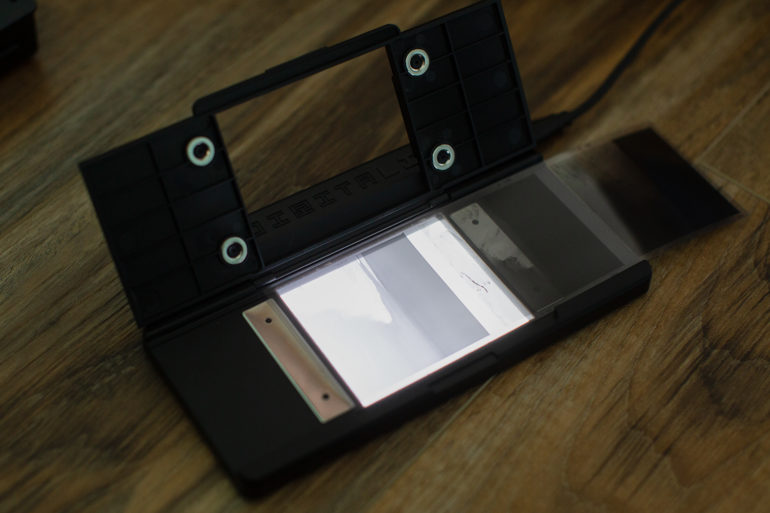
Open the top flap to insert your 120 film. Then, adjust your smartphone height, move the film carrier to the center of your frame, and you are ready to scan. You can also use a DSLR or mirrorless camera if you choose.
Sadly, Lomography does not have a smartphone app. I think that’s a missed opportunity. An app would make the entire scanning process more seamless and enjoyable. Instead, photographers will need to depend on other programs or apps for their needs.
Lomography recommends smartphone apps like Snapseed and Filmlab. Negative Lab Pro is a quick plug-in option for Lightroom.

This is an example of the finished result with Negative Lab Pro.
Good old Photoshop is always an option and how I chose to edit my scans. Open the Digitaliza Max negative scan, duplicate the background, and apply a curves adjustment in Camera Raw. Invert it by reversing the highlight and shadow points.
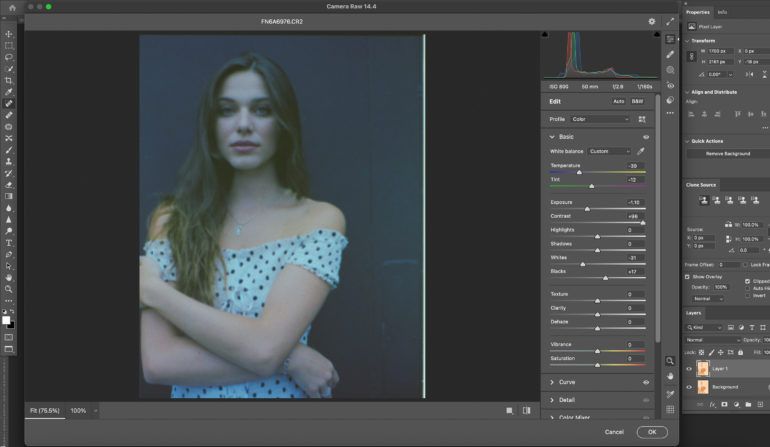
Then finesse it by making the necessary global adjustments. It took my brain a few minutes to realize that I had to pull my adjustment sliders in the opposite direction I usually would. You can always flatten the image and then reopen Camera Raw if it’s too annoying. Monochrome images are much simpler to work with. Creating a Photoshop action is also handy.

This is the finished result.
I wish the built-in backlight were brighter, as it would improve the quality of the scan. It would also cut back on editing time. If you find it bothersome, you can place the film holders on a more powerful light source. An adjustable light with more power would be great in the next iteration of the Digitaliza Max.
Scan Quality
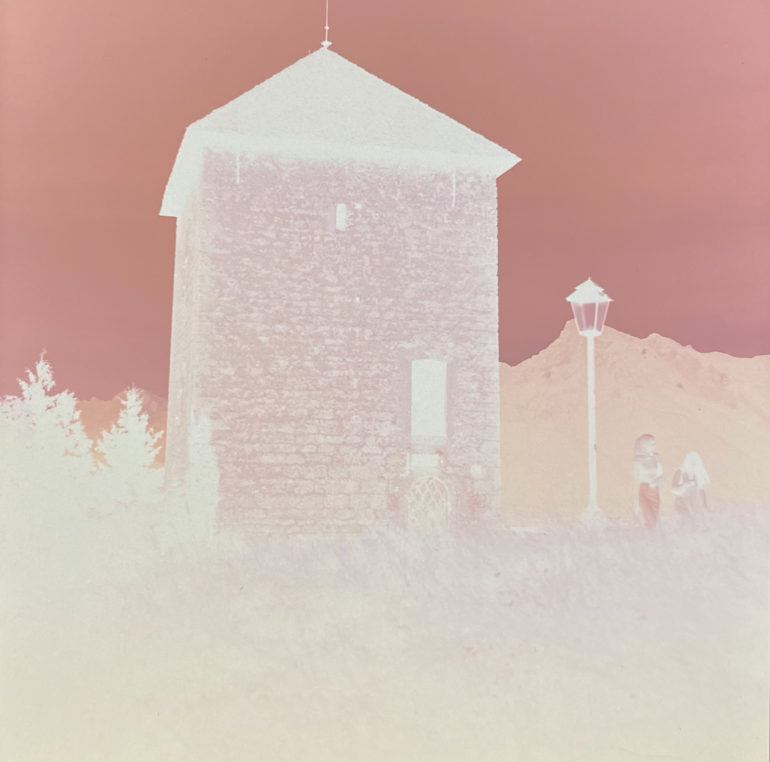
The initial scans fall a bit flat and require a bit of finessing in Photoshop to get them up to par. Minimize editing time by handling the film with gloves and carefully removing excess dust beforehand.
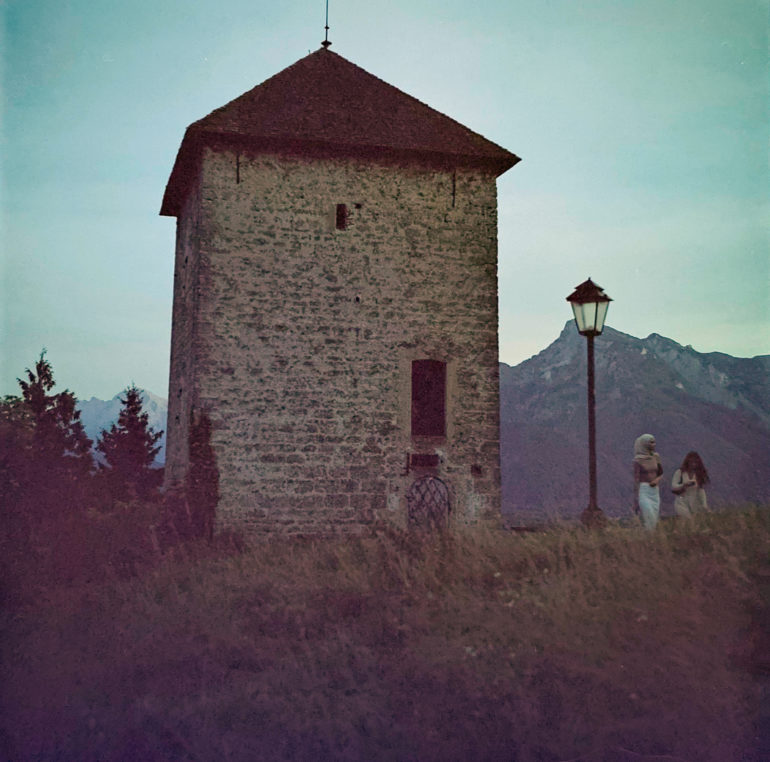
The finished product isn’t the same quality as the professional scans I’m accustomed to receiving from Blue Moon Camera. But they are more than enough for digitizing precious old film. The saved file will be sufficient for small prints. I would still opt to outsource the most demanding jobs and for anything I want to enlarge for wall decorations.
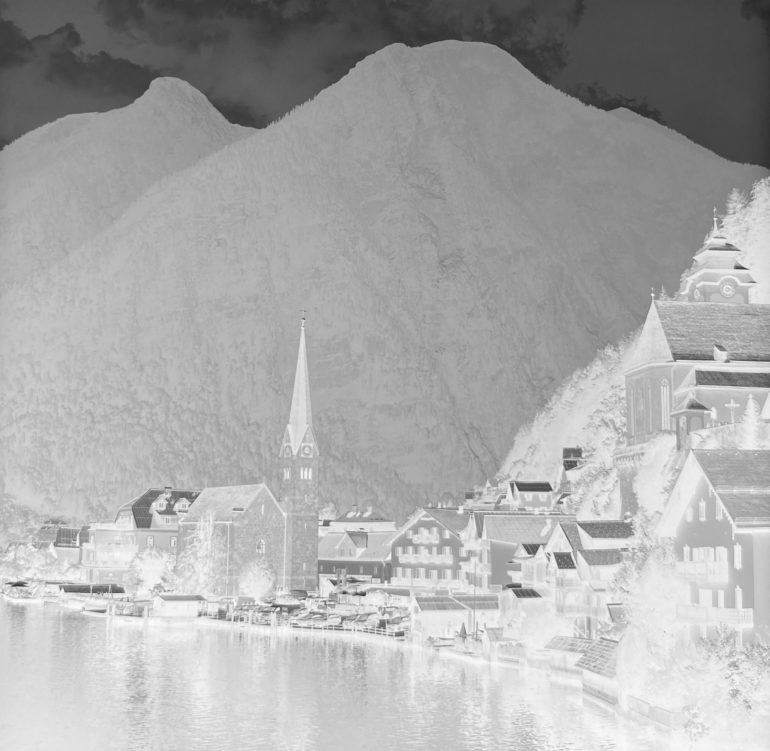
Here is what a black and white scan looks like.
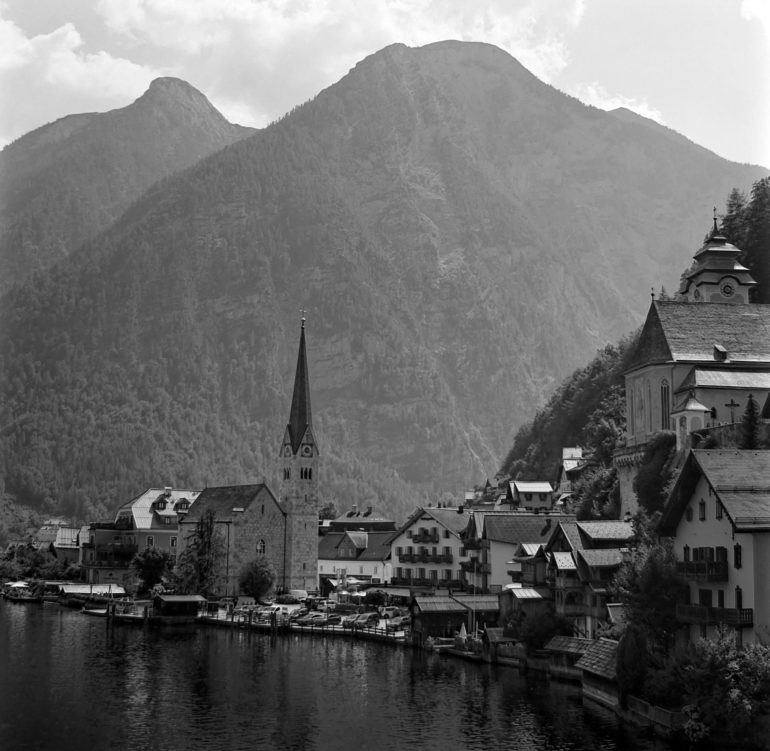
And this is the finished result after inverting the negative and editing it in Photoshop.
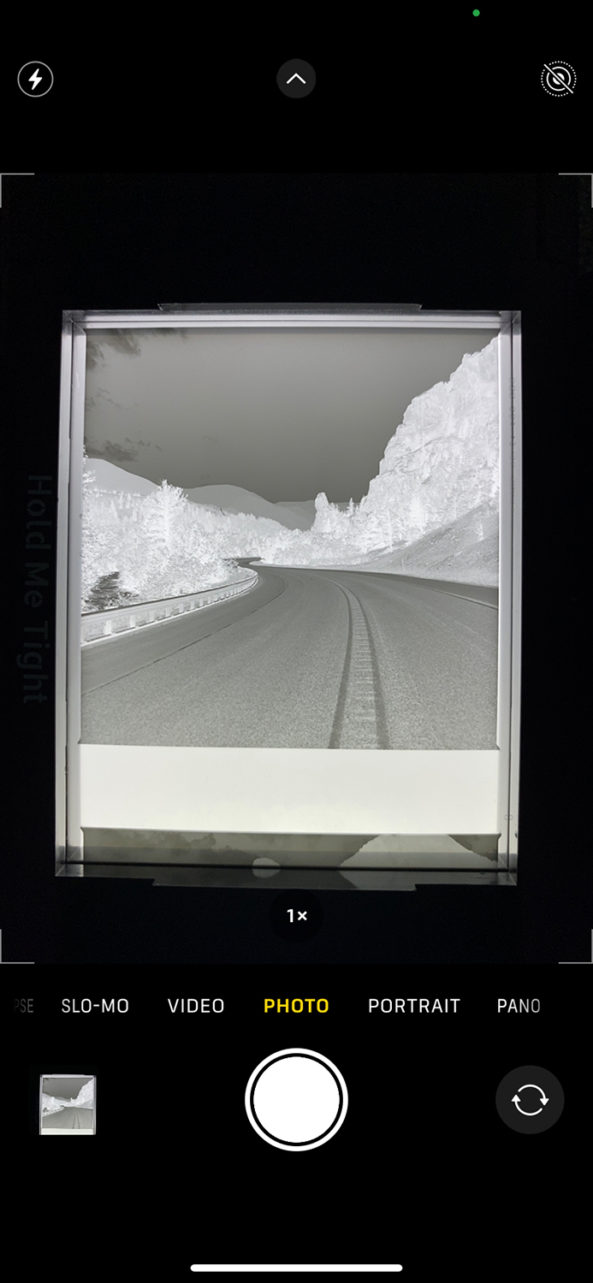
Be sure to use the best gear for the job when it matters most. My iPhone 11 camera requires a fair amount of cropping, as do my Canon lenses. Macro lenses will be beneficial for taking advantage of sensor real estate and retaining detail of those precious details. Although, the smartphone setup is pretty great.
Additional Scans
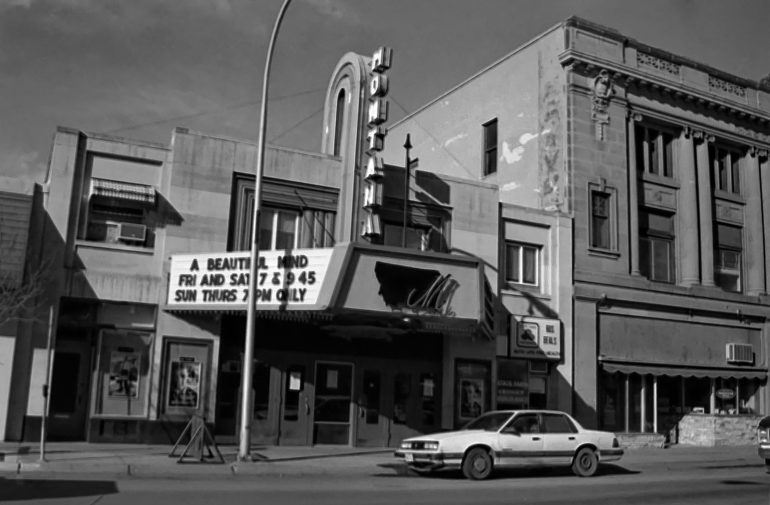
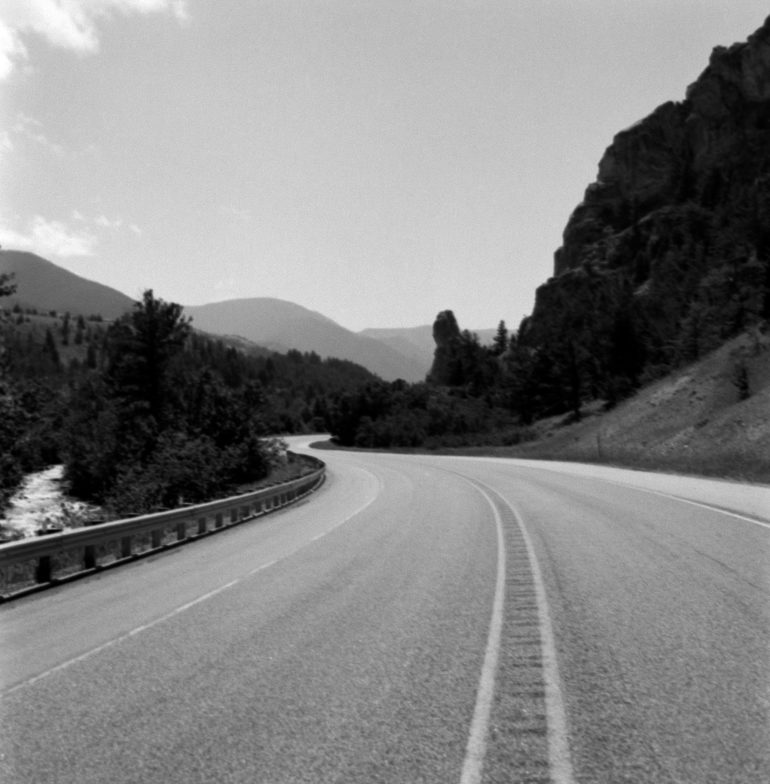
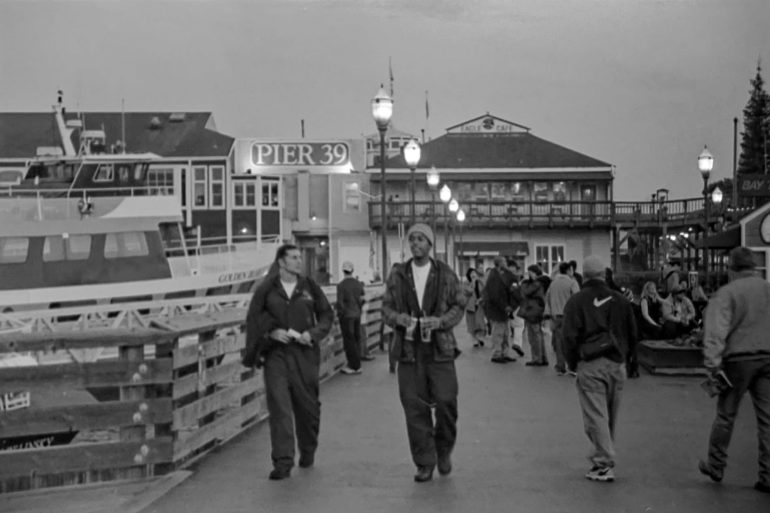
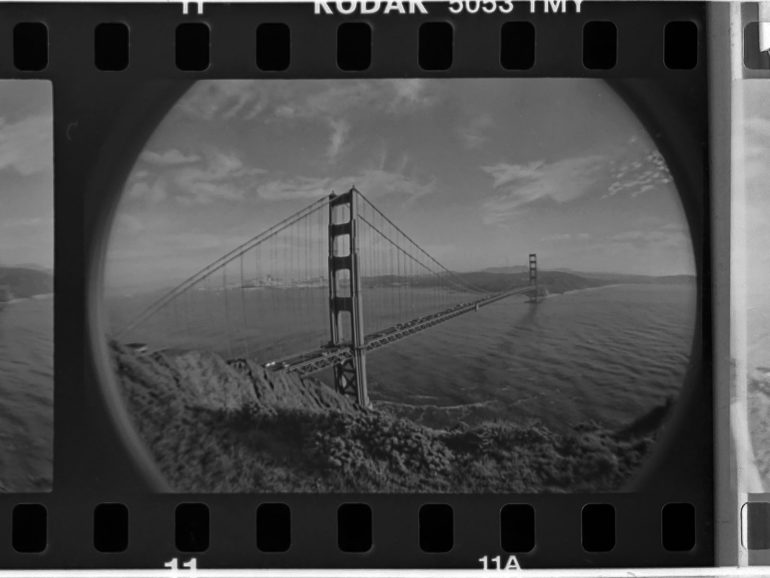
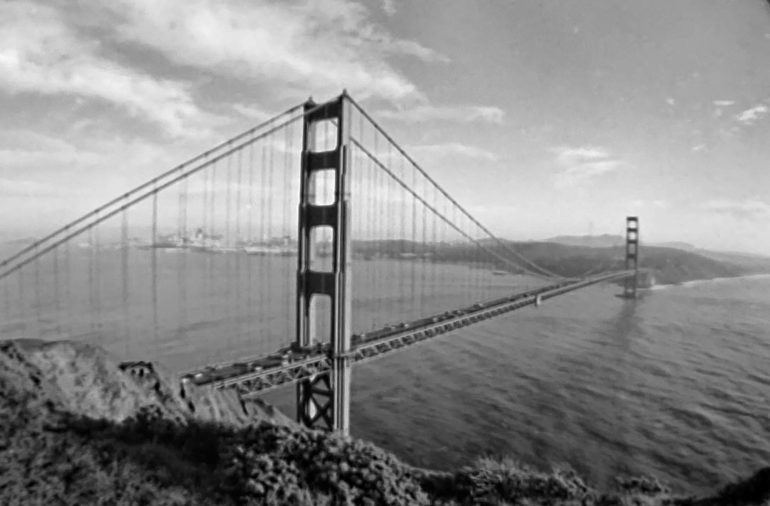
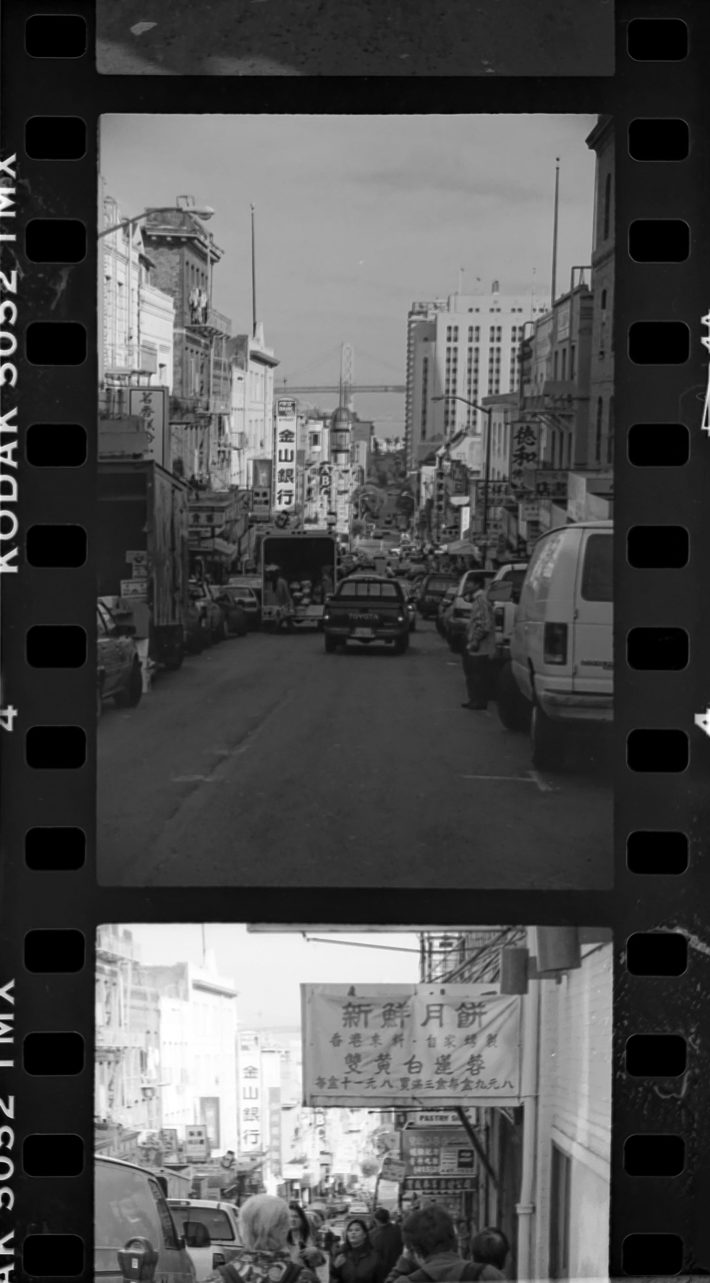

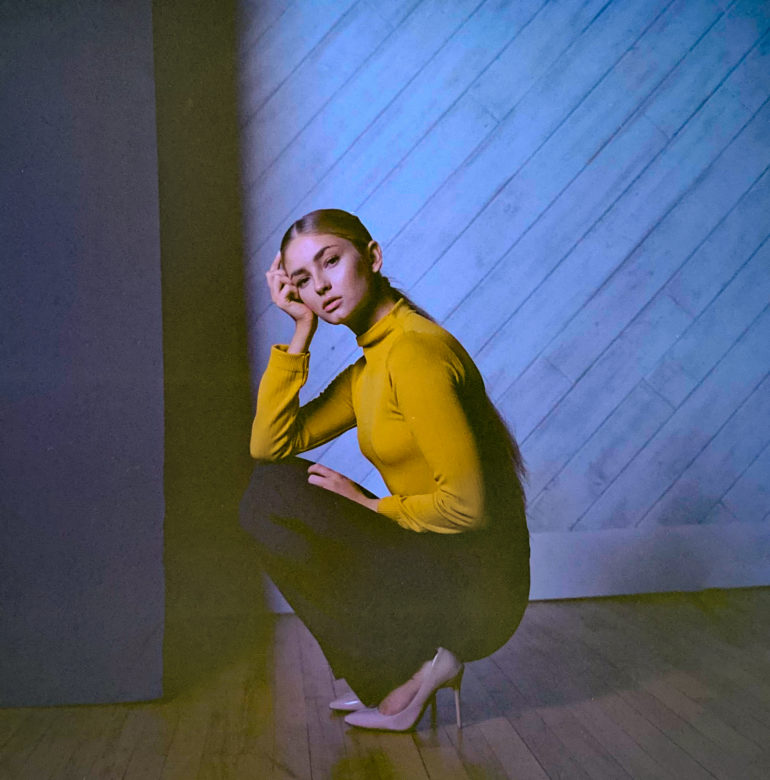
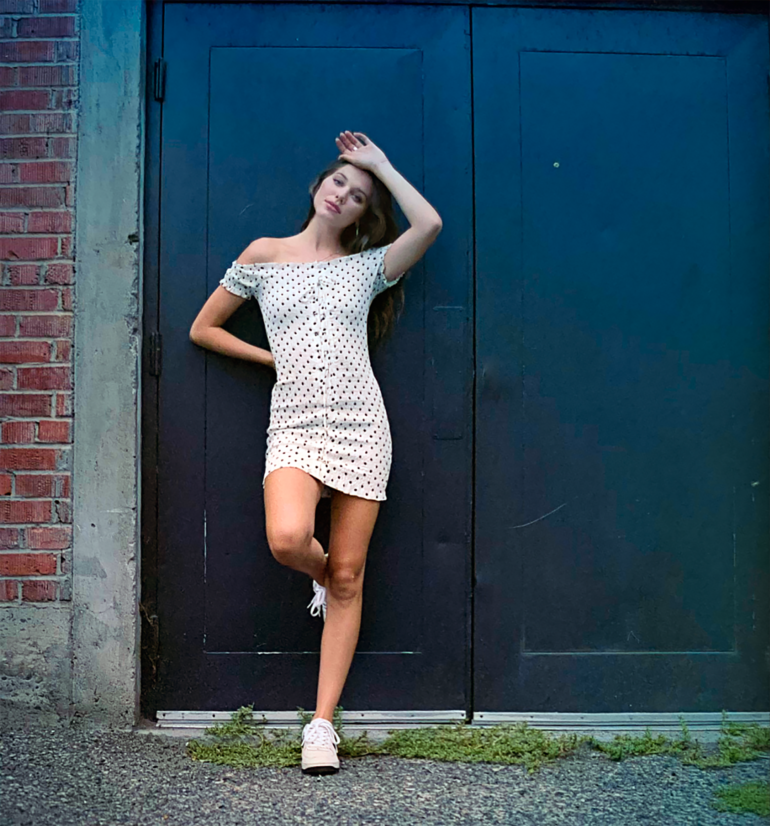
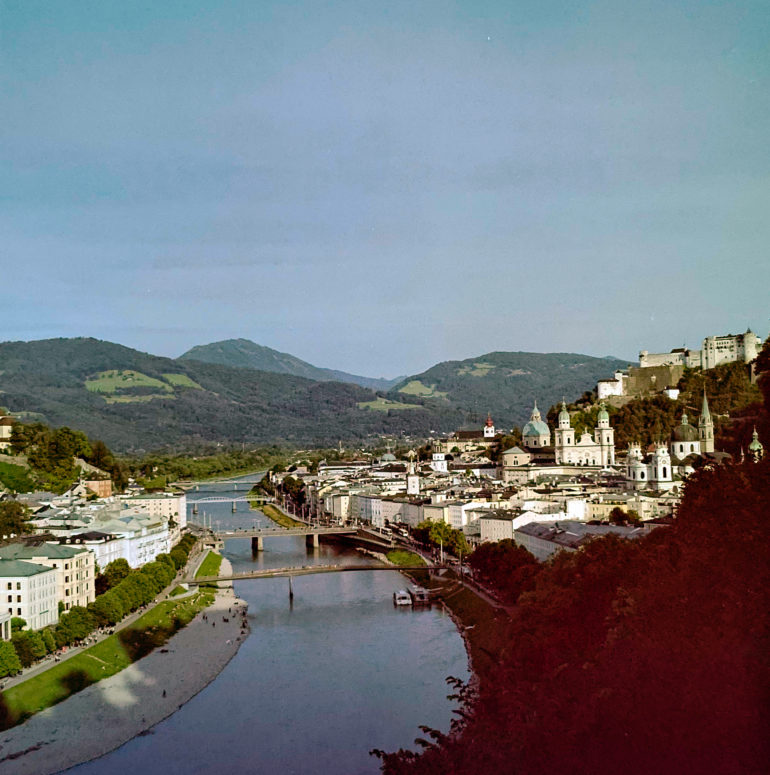
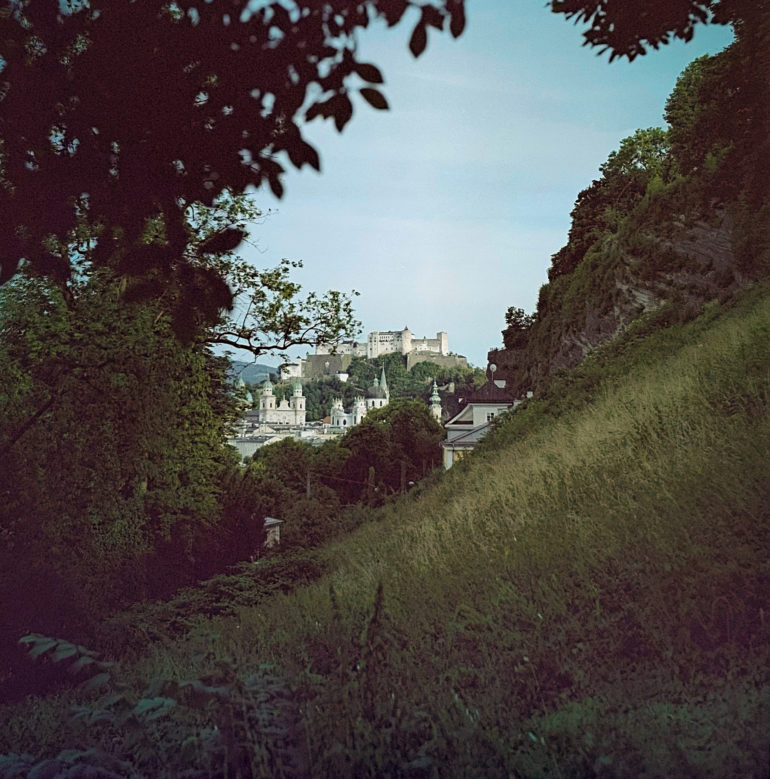
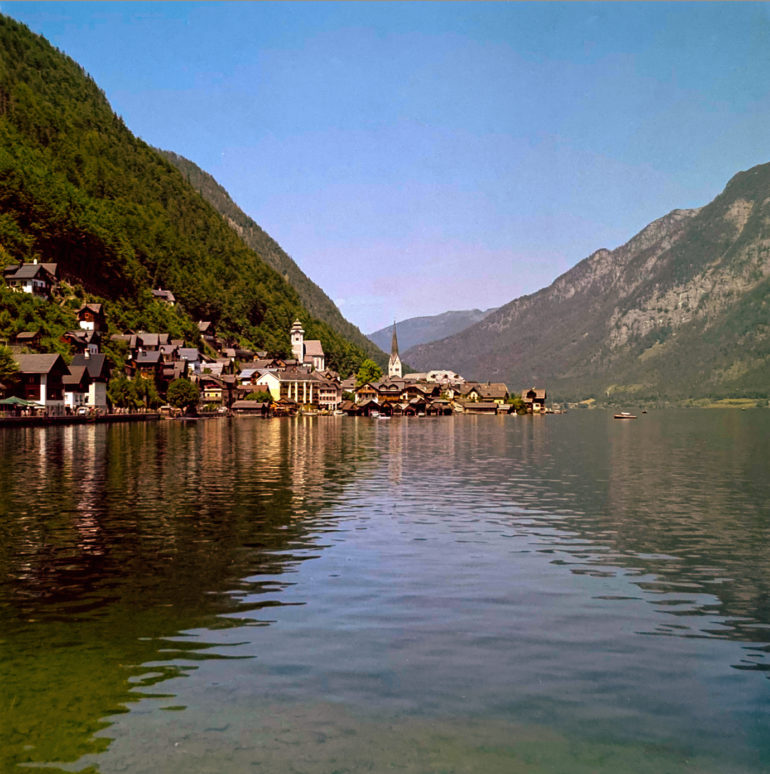
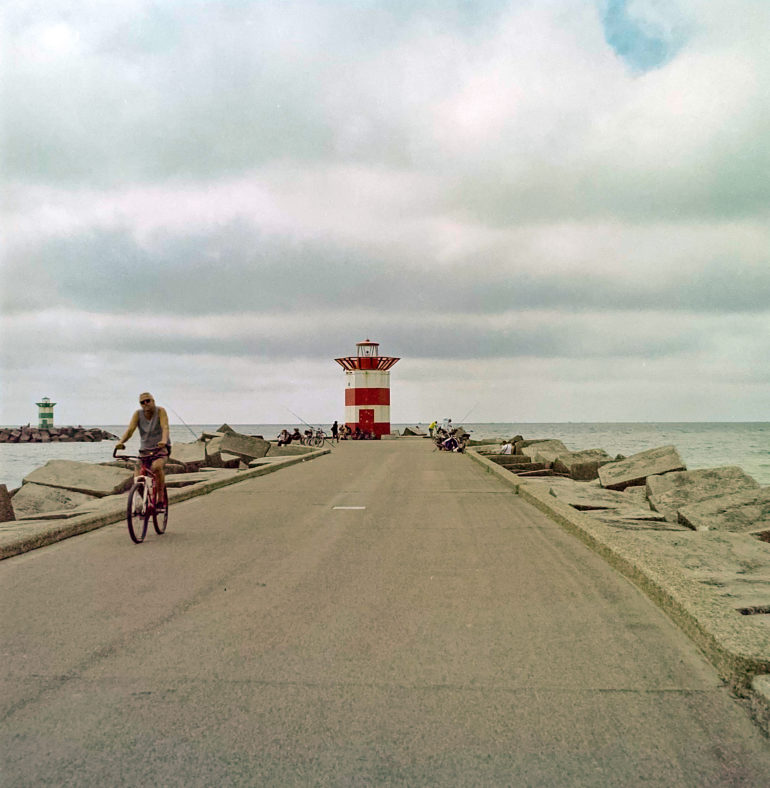
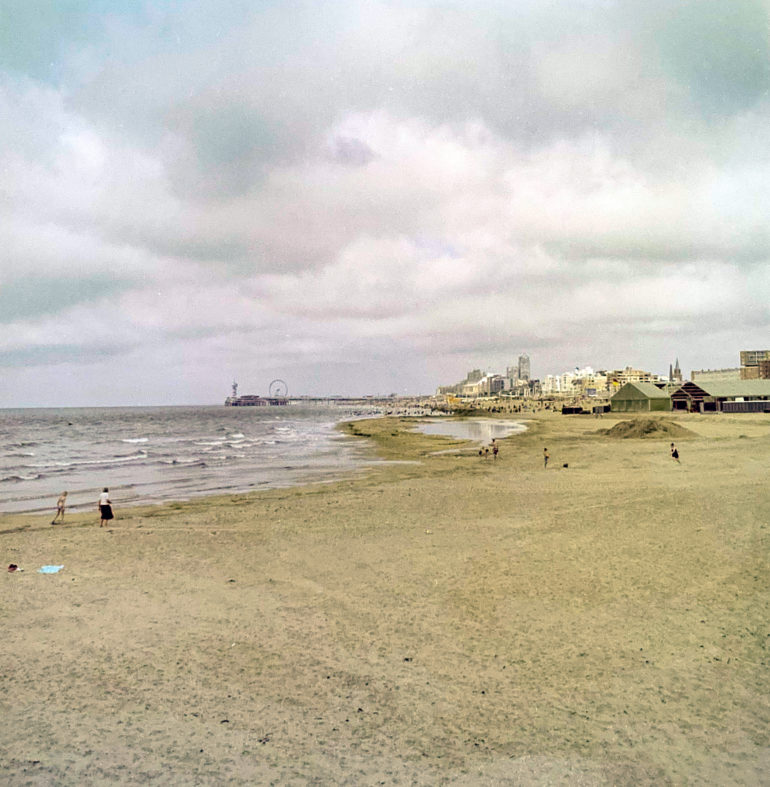
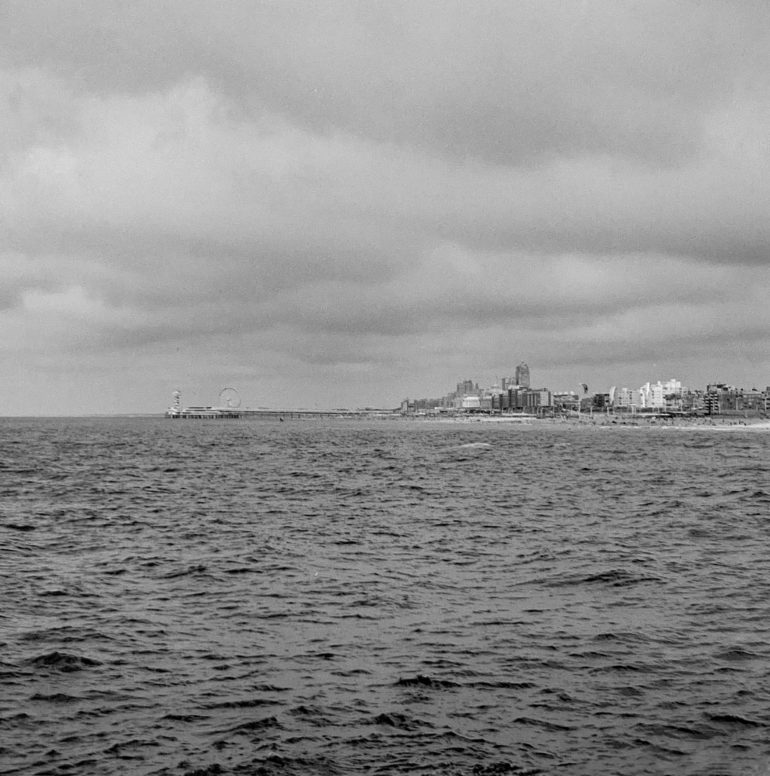
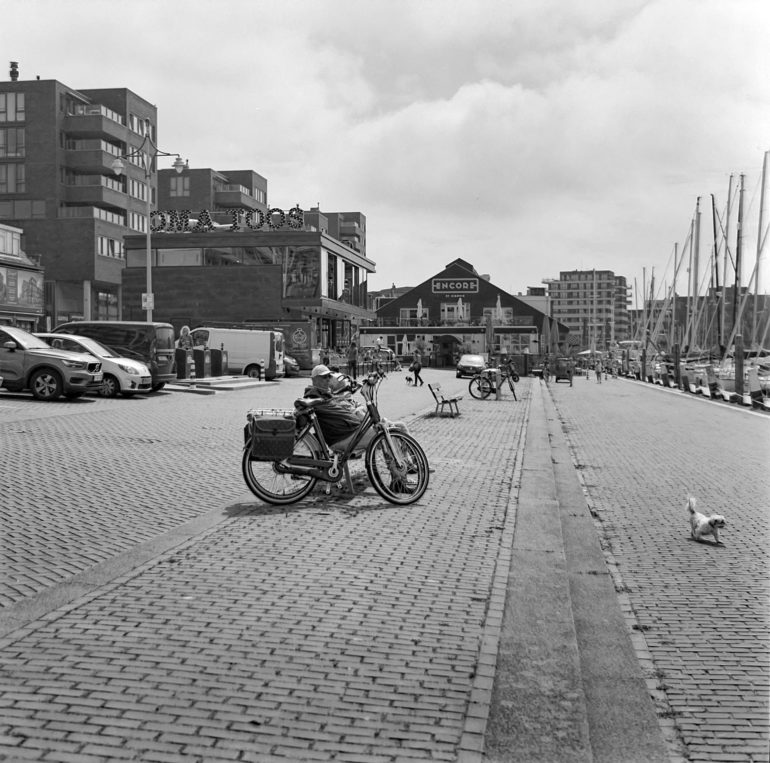
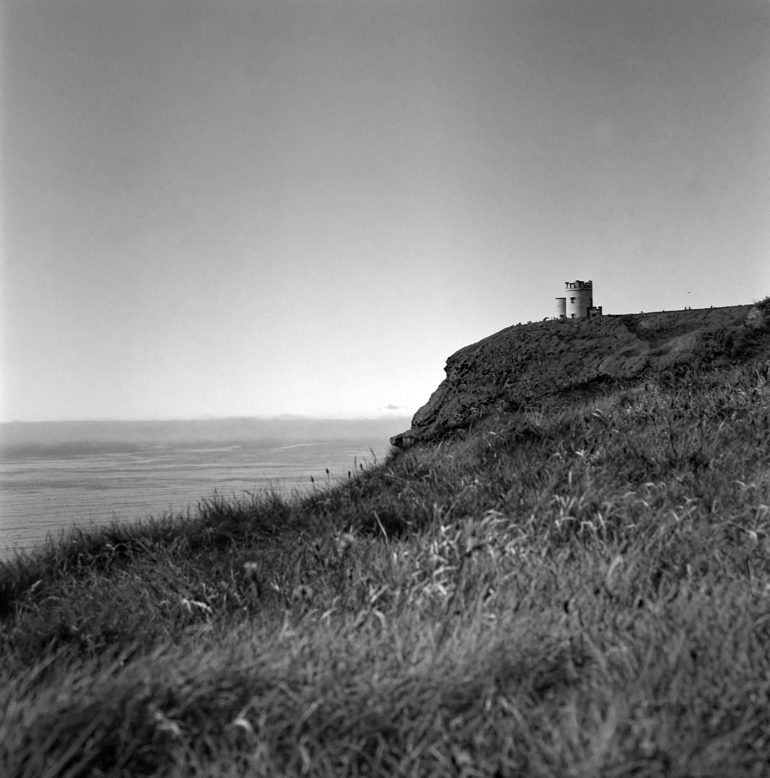
Who Should Buy The Lomography Digitaliza Max?
The Lomography Digitaliza Max is for anyone who enjoys scanning their negatives and slide film. It is fun, easy to use, and less than $100.
The finished results aren’t on the same playing field as a professional lab, and I wouldn’t expect them to be. Although, they are quite adequate for digital use as well as small prints. The scan quality will continue to get better as smartphone cameras improve. Until then, I will still send out film to be professionally scanned for my clients or if I want to hang them on a wall.
It would be great if Lomography developed an all-in-one app for the next iteration of Digitaliza Max. Photographers would pay extra for a one-stop scanning shop. It would be more desirable than having to upload the scans to another program. Granted, it doesn’t take long to make the adjustments once you get the hang of it. I suggest creating actions for different types of film in order to save time.
I had a lot of fun rummaging through my old film dating back to my college days. These are precisely the candid memories that I would consider buying the Digitaliza Max for scanning. It is a fun choice for any photographer who enjoys working with film.
The Lomography Digitaliza Max is available for $99 if you want to check it out for yourself.
Tech Specs
The features list is from the manufacturer’s website.
Take full control of scanning your 35 mm, 120 and special format negatives using your smartphone or digital camera and the DigitaLIZA Max Scanning Kit.
- An all-in-one modular system for versatile scanning with your smartphone or digital camera.
- Featuring 35 mm and 120 film holders, with a built-in backlight.
- Scan 35 mm, 120 and even 127 negatives, as well as special formats like overlapping exposures or exposed sprocket holes.
- Enjoy smooth, fast workflows at home or on the go with this compact scanning system.
- Scan your images exactly the way you want to control the overall look of your photo.
Scannable Film Size: 35 mm with Sprockets, 35 mm, 120, 127
Scanning Device: Mobile Phone, dSLR Cameras, Mirrorless Cameras


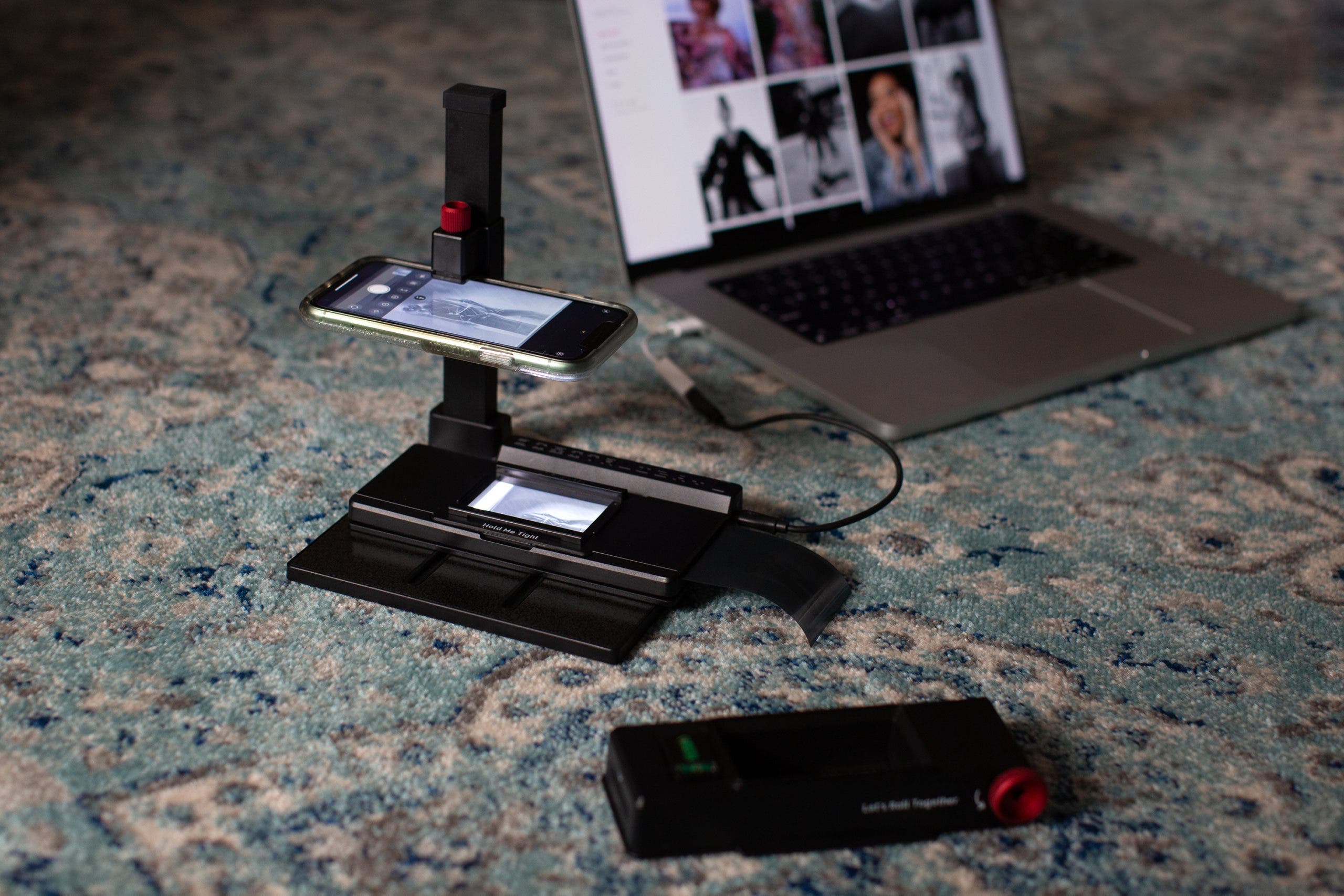
Leave a Reply